Familiarity with Treatment
This combined procedure is designed for patients who have both glaucoma and cataracts. The Ahmed Valve helps manage glaucoma by providing an alternative drainage pathway for the aqueous humor, thereby reducing intraocular pressure (IOP). Cataract surgery involves removing the cloudy lens and replacing it with an intraocular lens (IOL).
Procedure Explanation
- Anesthesia:
- Local anesthesia is administered to numb the eye.
- Ahmed Valve Placement:
- A small incision is made in the sclera (white part of the eye).
- The Ahmed Valve is inserted into the anterior chamber of the eye.
- The valve is secured in place, and a small plate is positioned under the conjunctiva (the outer covering of the eye).
- Cataract Surgery:
- The cloudy natural lens is removed through a small incision.
- An intraocular lens (IOL) is implanted to replace the natural lens, providing clear vision.
Who is it Suitable For?
- Patients with both glaucoma and cataracts.
- Individuals who need to lower their IOP and improve their vision simultaneously.
- Patients who prefer a single surgical procedure to address both conditions.
Who is it Not Suitable For?
- Patients with active eye infections or severe inflammation.
- Individuals with certain types of glaucoma that may not benefit from valve implantation.
- Patients who are not suitable candidates for surgery due to other health conditions.
Advantages
- Combined Procedure: Addresses both glaucoma and cataracts in one surgery.
- Improved Vision: The IOL provides clear vision.
- Reduced IOP: The Ahmed Valve effectively lowers intraocular pressure.
- Convenience: One surgical recovery period instead of two separate ones.
Complications
- Infection: Risk of postoperative infection.
- Bleeding: Possible bleeding during or after surgery.
- Hypotony: Excessively low IOP.
- Valve Malfunction: Potential for valve blockage or failure.
- Vision Changes: Possible temporary or permanent changes in vision.
Previous Care
- Preoperative Assessment: Comprehensive eye examination and IOP measurements.
- Medication Review: Adjustments to current medications, especially those affecting IOP.
- Health Evaluation: General health check to ensure suitability for surgery.
Aftercare
- Medications: Use prescribed eye drops to prevent infection and control inflammation.
- Follow-Up Visits: Regular check-ups to monitor IOP and valve function.
- Activity Restrictions: Avoid strenuous activities and protect the eye from injury.
- Vision Monitoring: Report any changes in vision or discomfort to your ophthalmologist immediately.

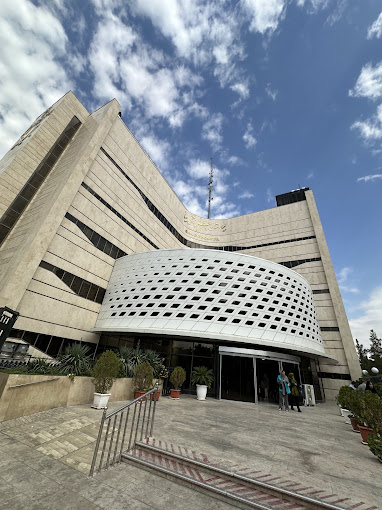


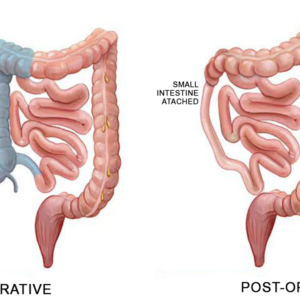
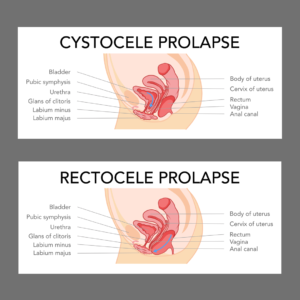

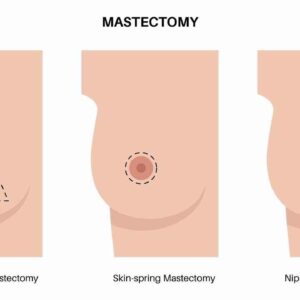
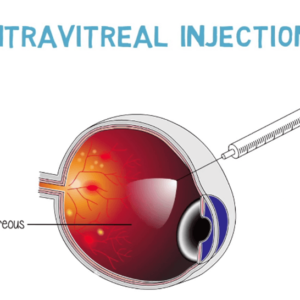
Reviews
There are no reviews yet.